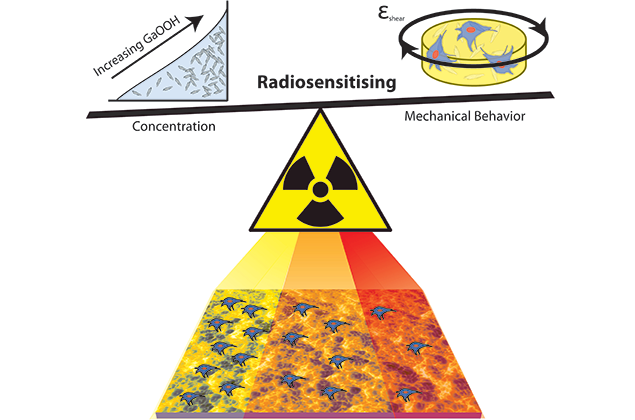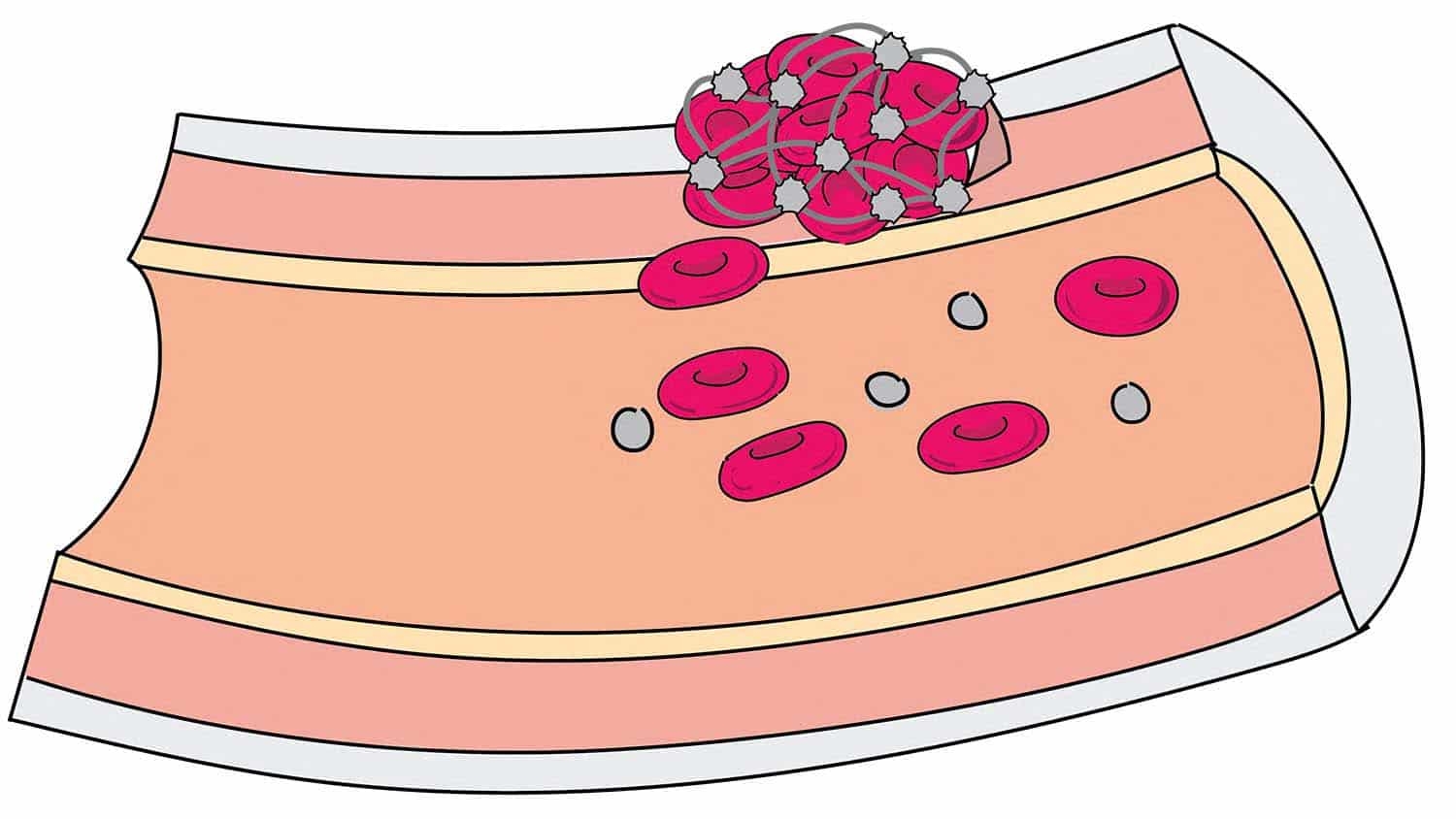Researchers can tune mechanical properties of radiation-sensitive material for biomedical use

An interdisciplinary team of researchers at NC State has developed a composite material that emits light and heat when exposed to specific wavelengths of radiation and that can be customized to have specific mechanical characteristics. The composite holds promise for use in biomedical imaging, drug delivery and therapeutic treatments.
“The radiosensitivity is what makes the material useful for biomedical applications, and the ability to tune the mechanical properties makes it less likely to be rejected by the surrounding tissue in the body,” says Nora Berg, a Ph.D. candidate in the Department of Materials Science and Engineering and lead author of a paper describing the work.
The material is a composite of a biological gel made of proteins and gallium oxyhydroxide (GaOOH), which is a semiconductor material. Specifically, the GaOOH is dispersed in the biological gel in the form of crystals that are 200-300 nanometers in diameter and approximately one micron — or micrometer — in length.
“When the composite is exposed to wavelengths of radiation that would be used in clinical settings, the GaOOH responds by heating up and emitting light,” Berg says.
“This response to radiation makes it attractive for use in some therapeutic applications,” says Albena Ivanisevic, corresponding author of the paper and a professor of materials science and engineering. “The radiosensitive response can help generate reactive oxygen species – like peroxide – that can be used to kill cells. So, this material may have value for targeting localized cancer sites.”
The mechanical properties of the composite can be tuned by adjusting the concentration of GaOOH; adjusting the amount of GaOOH changes the structure of the gel, which affects the gel’s stiffness. The mechanical properties were investigated in collaboration with Dr. Saad Khan’s research group in the Department of Chemical and Biomolecular Engineering.
Return to contents or download the Fall/Winter 2016 NC State Engineering magazine (PDF, 3MB).
- Categories:


